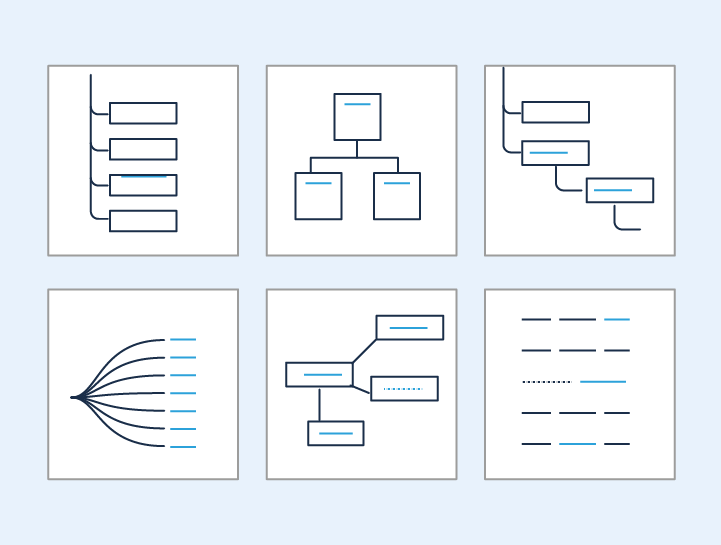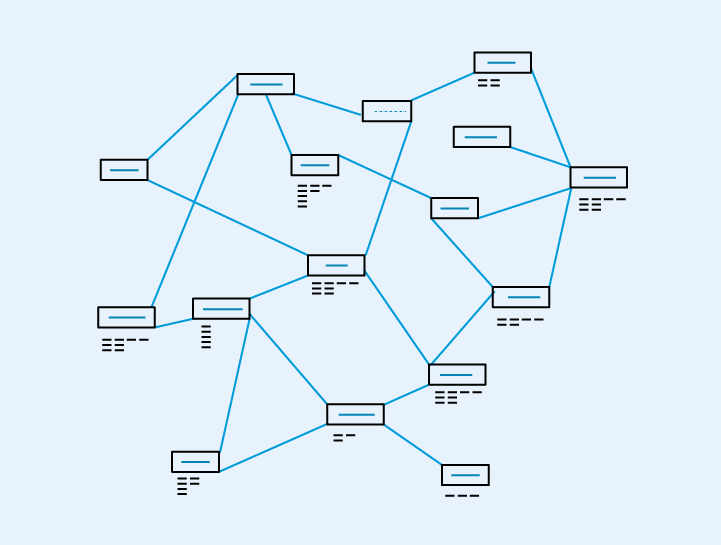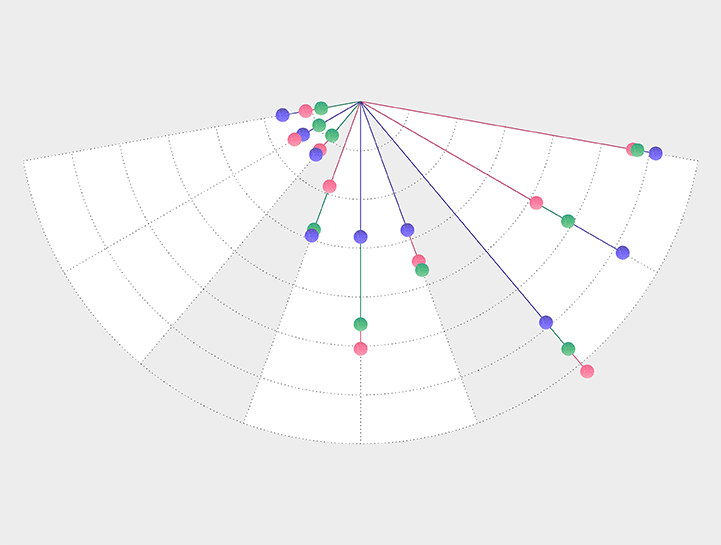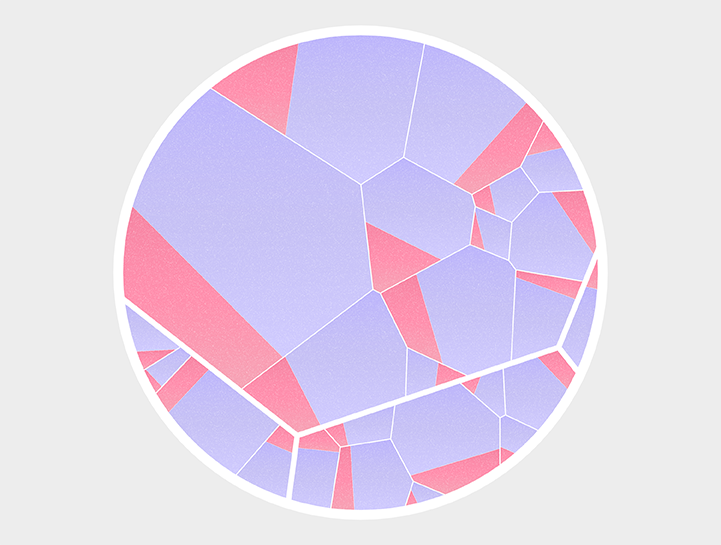252 tulosta löytyi
Skip results of view Näin dataa hyödynnetään

- Data Story
In our new ‘Linking data’ series, we are presenting EU projects that use linked open data (LOD). What data is linked in these projects? Why did they decide to use LOD? What benefits does it bring? Follow the series to find out. In this episode, we focus on EU reference data. Read on to find out what it is and how and why it uses LOD. What is reference data? To start, we will introduce you to some...

- Data Story
This article is the introduction to our new ‘Linking data’ series. It defines linked data and linked open data (LOD). The rest of the series will present EU projects that use LOD. How and why do they use it? Follow the series to find out. Data is everywhere and we are constantly producing more of it. As individuals, we create data while browsing the internet, booking a flight or shopping online...

- Data Story
These days, companies can access massive amounts of data, leading to new and innovative services—mapping apps warn people about traffic jams and health tracking apps allow runners to compare themselves to their community. The risk is that powerful technology companies control so much data that they could leave other companies at a disadvantage. Distributing the benefits of data to other...

- Data Story
(Open) data and the green transition Since the start of 2020, Europe has faced several economic, social, and political difficulties, such as the COVID-19 crisis and Russia’s invasion of Ukraine. These two events have short- and long-term impacts on, for example, the availability and prices of energy sources, food security, economic stability, the capacity of health care systems and defence...

- Data Story
At the EU Datathon 2021, ITER IDEA presented their project Wonder Wanderlust Women, a portal facilitating women’s mobility in Europe. Targeting young women, the platform helps users to search for education and work opportunities across countries. They can indicate their preferences (such as field of study, languages or budget), which are then matched with specific areas and regions in Europe...

- Data Story
The Russian invasion of Ukraine forced a significant part of the Ukrainian population to flee their country. Most of the refugees sought immediate shelter in neighbouring countries, but in time many reached friends and families in other EU Member States, where communities of Ukrainian origin were already established. Italy, for example, hosts one the largest Ukrainian communities in Europe, making...

- Data Story
Among the EU Member States, Italy hosts one of the largest communities of Ukrainian-born people. According to Eurostat data , at the end of 2020 there were 223 000 Ukrainian citizens holding a valid residence permit. Only Poland had more, with almost 500 000. The Eurostat figures show that Ukrainian citizenship is the third most represented nationality from non-EU citizens in terms of residence...

- Data Story
Have you ever wondered how similar different regions across Europe are? What a southern European urban region could have in common with a rural area in eastern Europe? EU Twinnings is a web application that allows the user to engage with European regions by exploring how similar they are. It’s a ‘virtual twinning’ platform that uses EU open data to calculate and visualise a similarity measure...

- Data Story
Using open data to understand politics Looking to attract readers, media fill their sites with polls, news articles and opinions about the latest political events. These include elections. The message brought by different media outlets can vary markedly and it can be hard to distinguish the ordinary from the extraordinary. Open data became a valuable tool to help put election outcomes into the...

- Data Story
Rising prices - the consumer’s view Inflation has become a news headline in Europe, with Eurostat reporting that the average increase in prices from last year was 8.1%. At the same time, consumers see price increases for some everyday items increasing by substantially more. Petrol prices in Germany, for example, have increased by more than 20% since last year. In the Netherlands, the price for...
